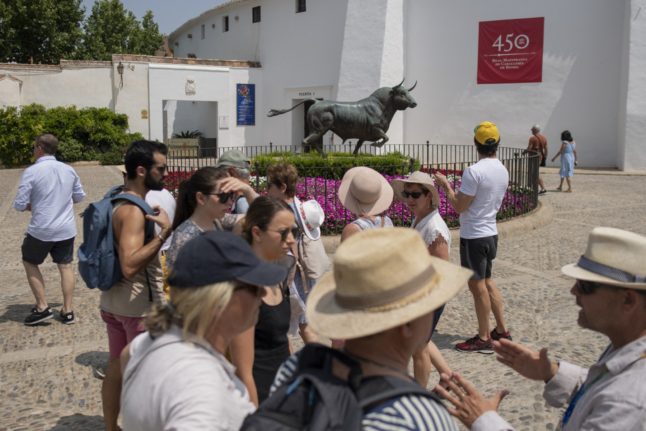Accommodation alone will be 22 percent more expensive on average than a year ago, according to hotel reservation site Booking.com.
Hoteliers are feeling the effects of inflation and are taking advantage of the Easter holiday season to raise prices and offset costs.
This translates into about €30 more per room per night. According to Booking.com, in 2023 the average price per night will be €155, compared to the €127 it cost in 2022.
READ ALSO: What are the best cities in Spain to see the Semana Santa processions?
Not only will rooms be more expensive, but also services such as laundry and breakfast have also increased in price.
Lourdes Grau, director of the Gallery Hotel in Barcelona, has indicated that in the Catalan capital, there are increases of up to 25 percent in room prices compared to Easter last year. “Hotel prices depend a lot on demand,” she explains and confirms that there is already a 90 percent occupancy rate in the city.
In fact, it’s not just in Barcelona where hotels will be full, in many popular Spanish cities hoteliers have predicted 80 or 90 percent occupancy rates.
READ ALSO: What will the weather be like in Spain for Easter week?
Alberto Galloso, director of Hosbec Valencia, explains that electricity has increased, among other things, and that “hoteliers have to transfer these costs little by little”.
International travellers are also driving up the prices and occupancy rate this Easter. According to SiteMinder’s World Hotel Index – a hotel reservation platform – 60 percent of the clients in Spanish hotels this April will be foreigners.
According to SiteMinder’s data, Spain will be most popular with the British this Easter, followed by the French, then the Germans and then the Italians and the Dutch.
Booking.com has revealed that the most popular Spanish cities with both Spaniards and foreigners this Holy Week will be Madrid, Seville, Granada and Barcelona.
Experts warn that if prices are this high during Semana Santa, they will be even more expensive during the summer.
Other places in Spain are in fact waiting until the summer to apply rate increases. For example, Luis de la Muela Cabanas, a receptionist at the Hotel Alda Santa Cristina in A Coruña has explained that since his city is not so popular during Holy Week “the great rise will be noticeable in the high season, around June, July and September”.



 Please whitelist us to continue reading.
Please whitelist us to continue reading.
Member comments